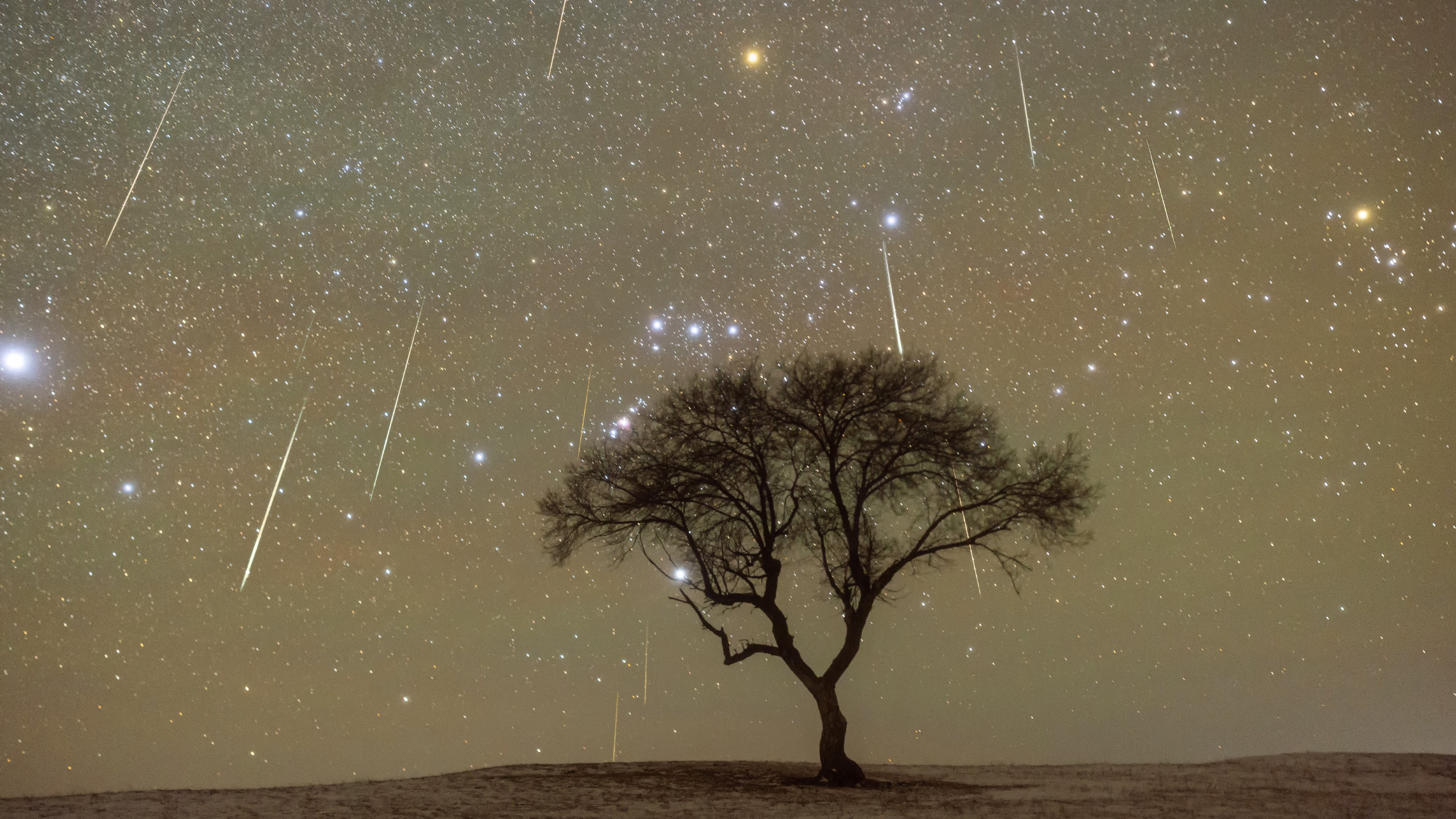Amazing animals — A look at the weird and wonderful species that live on our planet
Latest about amazing animals

Pearlfish: The eel-like fish that lives up a sea cucumber's butt
By Melissa Hobson published
This slimline, eel-like fish has no scales for protection so chooses to use a sea cucumber's sphincter for safety.
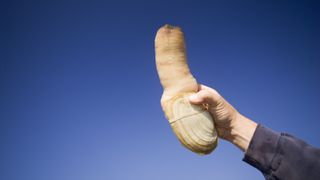
Pacific geoduck: The large, phallic clam that can live longer than 165 years
By Lydia Smith published
The Pacific geoduck is a clam that lives along the shore from Alaska to Mexico, can reach 9 pounds in weight and can outlive humans.
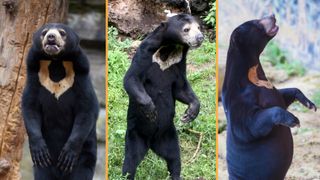
Sun bear: The little carnivores that look so similar to humans they've been mistaken for people wearing costumes
By Lydia Smith published
Sun bears often stand upright like humans, and mothers even walk around cradling their babies in their arms.

This bizarre animal lives on the seabed and uses its large hand-like fins to move walk around.
By Melissa Hobson published
Amazing animals This bizarre animal lives on the seabed and uses its large hand-like fins to move walk around.
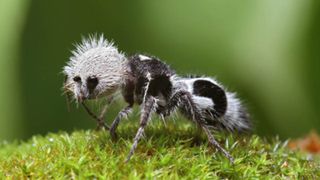
Panda ant: The wasps whose black and white females have giant stingers and parasitic babies
By Lydia Smith published
Panda ants are actually wasps masquerading as an adorable ant, with black and white females possessing stingers half as long as their entire bodies.
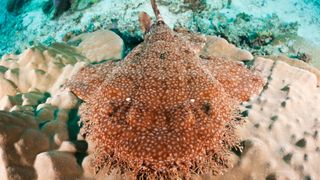
Tasselled wobbegong: The master of disguise that can eat a shark almost as big as itself
By Lydia Smith published
Tasselled wobbegong sharks are so well camouflaged they can vanish on the seafloor, waiting for unsuspecting prey to pass before lunging forward to suck their victims into their giant mouths.
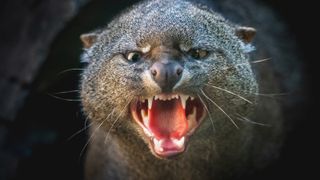
Jaguarundi: The little wildcat that looks like an otter and has 13 ways of 'talking'
By Lydia Smith published
Jaguarundis are weird little felines that are about the size of domestic cats, have long bodies with short legs and round, flattened heads.

Qinling panda: The shrunken pandas that diverged 300,000 years ago and sometimes come out brown
By Lydia Smith published
Qinling pandas were officially recognized as a subspecies in 2005, but the mystery of their brown fur was only resolved almost two decades later.
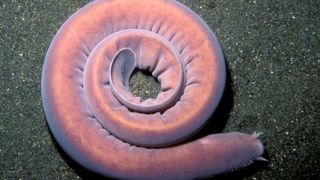
Pacific Hagfish: The ancient deep-sea creature that can can choke a shark by spewing slime
By Melissa Hobson published
This eel-like fish lives on the seabed over 300 feet below the surface where it feasts on dead animals and protects itself from attack using a suffocating slime.
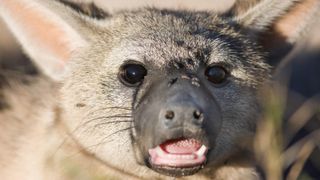
Aardwolf: The weirdo hyena cousin that eats 300,000 termites each night
By Hannah Osborne published
Aardwolves — the "weird cousin" of the hyena world that has peg teeth and only eats insects — are an evolutionary mystery, stemming from a ghost lineage that scientists haven't been able to figure out.
Get the world’s most fascinating discoveries delivered straight to your inbox.


